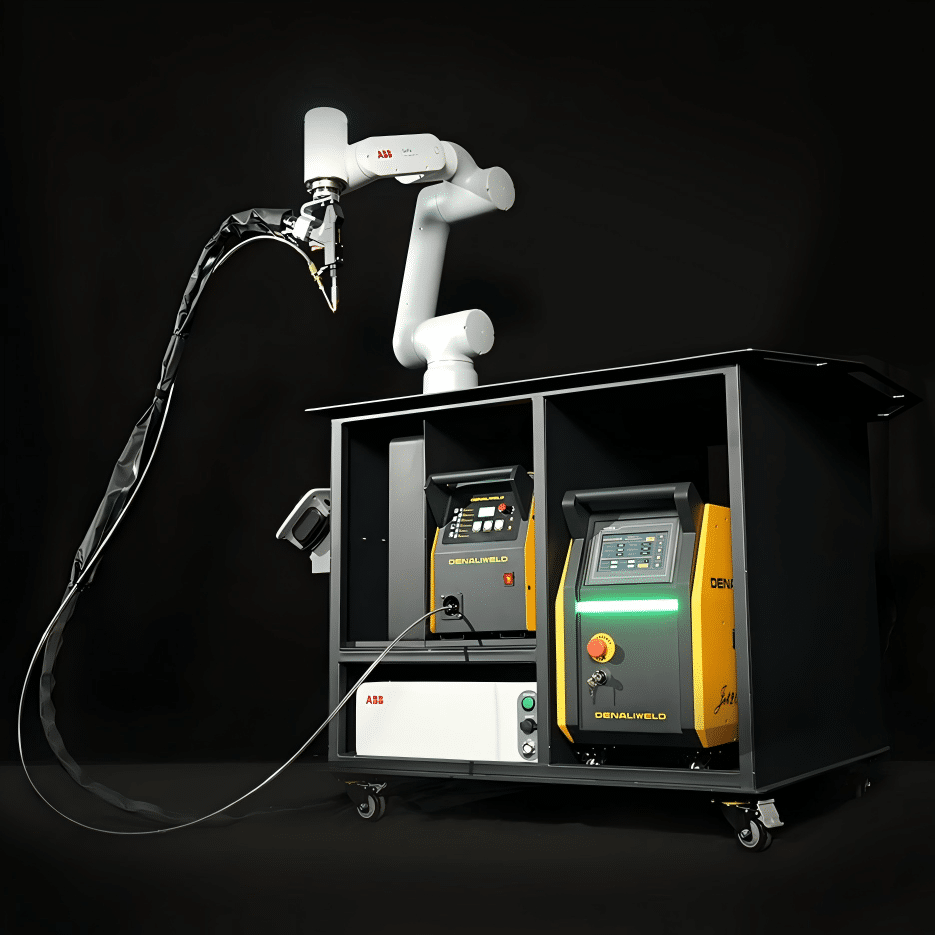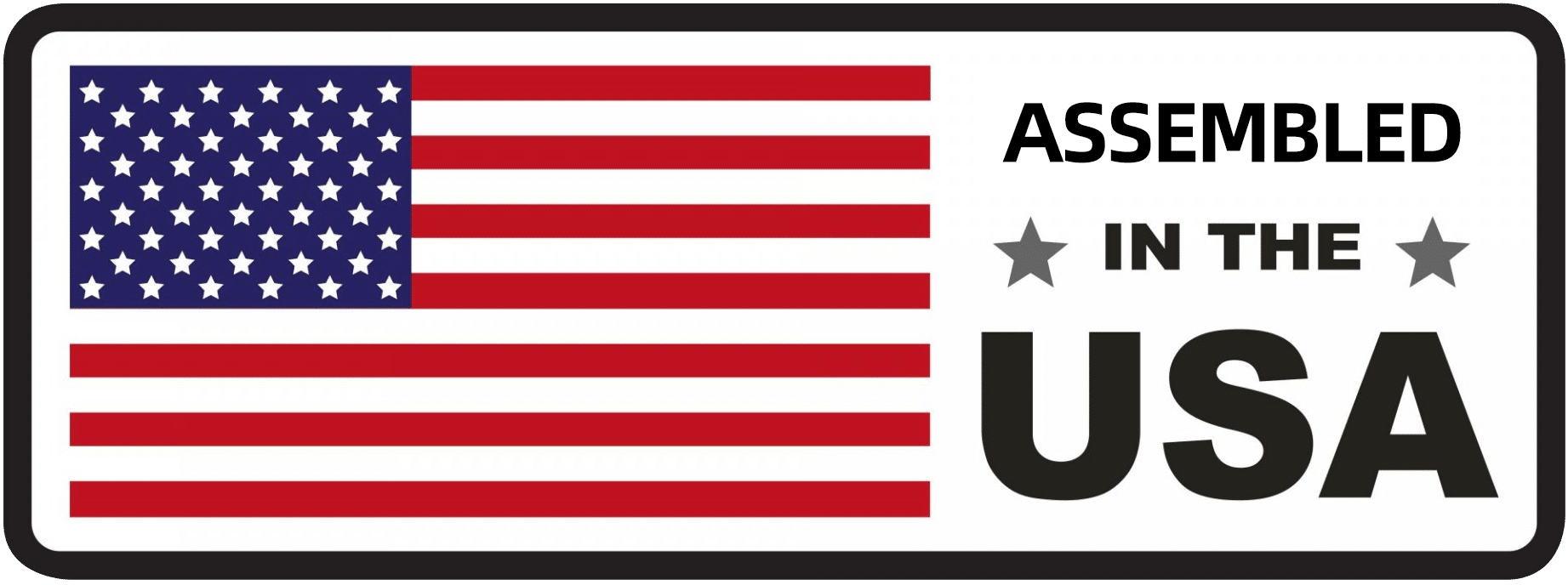Introduction

Modern welding was said to be born in 1881. For decades, manufacturers have relied on this craft to create strong and durable welds for various commercial and industrial applications.
Today, modern welding evolves at an exponential rate. From being an arduous and coarse process, it eventually becomes automated and precision-driven. We also expect its cascading benefits to various industries as it continues to advance.
Here’s our outlook on promising new welding technology in the near future.
Key Welding Trends to Watch in 2025
Automation and Robotics
A 2022 study posited that the integration of robotic technology into the welding operations of small and medium enterprises (SMEs) has significantly improved operators’ working experience. The automated features of “robotic welding” fast-track production and promote proper welding ergonomics.
This innovative welding trend also gave rise to “Cobot welding”, which pertains to welding processes conducted with the assistance of a collaborative robot or “cobot.” A cobot is engineered to operate safely alongside human operators.
For instance, Denaliweld’s Cobot Series features one-click switching that easily shifts between Cobot and robot automation. This machine is also compatible with DenaliWeld’s air-cooled and water-cooled models for flexible integration across multiple platforms. And for optimized workflows, the machine supports seamless monitoring and recording of the cobot’s welding performance.
AI and Machine Learning
Machine learning employs statistical and algorithmic programs to enable computer systems to learn and perform tasks independently. As machine learning integrates into welding systems, future welding machines will be able to learn from every task they perform. These machines can spot errors as they occur and adjust configurations on the fly. Some AI-powered welding software even forecasts when the equipment needs maintenance based on performance data.
They could spot mistakes as they happen, adjust settings on the fly, and even predict when equipment needs maintenance.
Laser Welding
Laser welding has been in various industries since the 1960s. But it is one of the welding innovations that has rapidly grown in recent decades.
This welding technique utilizes a focused laser beam to fuse metal parts. The highly concentrated beam melts the workpieces, and as they cool off, a strong and precise weld is created. Since the laser heats only a small area, thermal distortion in the workpieces is minimized.
The most appealing aspect of this welding method is its compatibility with automated technologies. Automated laser welding offers top-level penetration speed and efficiency that can lower a firm’s operating cost. Industries like automotive, electronics, and aerospace currently rely on laser welding to achieve structurally sound welds that can withstand normal wear and tear and even extreme environmental conditions.
IoT Sensor Integration For Machine Performance Monitoring
When welding machines have Internet-of-Things (IoT) sensors, they have a special device that can monitor their real-time performance. Data about the machine’s internal temperature, vibration rate, operating speed, and energy use is collected automatically. This information is sent to a central system and made ready for analysis.
IoT sensor integration helps in early problem detection, which enables prompt maintenance. Breakdowns are prevented, and every operation remains uninterrupted. As a result, downtime is minimized and helps the company save on machine repairs or replacements.
How Collaborative Robots (Cobots) Are Changing Welding?
From the name itself, cobots are made to collaborate with human operators to make their welding jobs easier.
For instance, the operator can position the metallic workpieces and program the cobot to do the welding. The cobot, through its pre-programmed algorithms, automatically melts the workpieces (usually through a laser beam), penetrates them, and enables fusion through natural cooling.
But if adjustments are needed, the operator may pause the cobot and apply some changes, such as repositioning the workpieces or recalibrating the machine’s settings. And since cobots are made to penetrate workpieces based on configured parameters, they ensure consistent weld quality.
Cobots can also ensure the operator’s safety, as most of them have built-in safety features, such as specialized sensors. For example, if someone gets too close to the welding contact point, the machine automatically slows down or stops.
Take a look again at Denaliweld’s Cobot Series. This laser welding solution, integrated with a collaborative robotic welding solution, is made for enhanced flexibility with its handheld welding torches that support a smooth transition between manual and automated welding.
The Cobot series also features an automatic welding head (Gofa 5/10/12) that enables real-time power adjustments throughout the welding process for enhanced precision and quality. There is also an integrated optional seam tracking system that supports precise weld alignment and improved accuracy.
Smart Laser Welding Machines and the Role of Precision
Why do manufacturers, even those who worked with manual systems for decades, shift to smart laser systems?
Three reasons.
Real-time parameter adjustment: Manual welding requires brute force to achieve optimal welding parameters. Hence, manually welded joints are often inconsistent and unreliable. But since laser welding comes with intuitive, adjustable laser settings, you can easily set the relevant parameters with just a few clicks for consistent weld performance.
Remote monitoring: No need to perform manual inspection to assess the welding machine’s quality. As most laser welding machines offer remote monitoring software, you can check the machine’s current health and performance using real-time data.
Multi-material welding: Laser welding offers ultra-precise beam application that translates into a smaller heat-affected zone (HAZ). This capability allows fusion of thin materials, even those that are made of different parent materials.
Sustainable Welding Solutions

As we strive for faster and more cost-effective welding solutions, it is also imperative to strive for sustainable welding solutions for environmental preservation.
Fortunately, most manufacturers, such as Denaliweld, strive to develop eco-conscious welding processes that promote energy efficiency, minimal material waste and by-products, and lower emissions (by using clean laser sources).
Laser welding is one of the most eco-friendly welding solutions to date. As laser welding uses a concentrated beam, it heats only a small, targeted area. This means less overall energy is needed compared to traditional welding methods, which reduces electricity consumption and carbon footprint.
And since laser welding is precise, minimal spatter and fewer welding impurities are expected. This results in fewer scrap metal and wasted materials, which means fewer resources are used and less waste goes to landfills.
Join The Revolution: Embrace The Future of Welding With Denaliweld
From automated, AI-powered welding solutions to enhanced laser welding solutions, the future of welding is full of promises. Manufacturers can level up their production efficiency and speed for reduced turnaround time and maximum profit. These innovations also support environmental preservation and conservation.
Denaliweld is at the forefront of welding innovations. We are a global brand of laser welding solutions that invest in rigorous R&D to bring new welding technology that supercharges firms’ productivity and cost-efficiency. It is our commitment to produce standard-compliant, environmentally-friendly, and high-performing laser welding machines, which can be operated even by non-professional welders.



